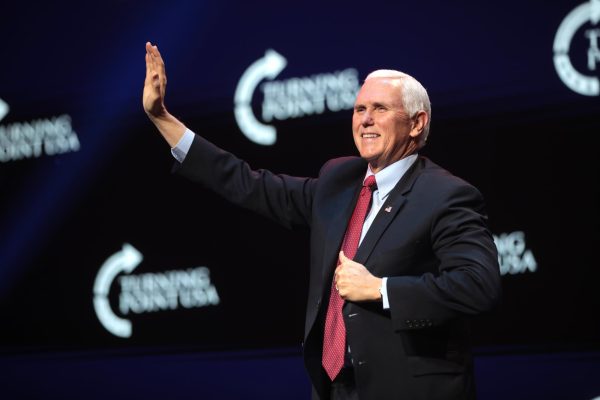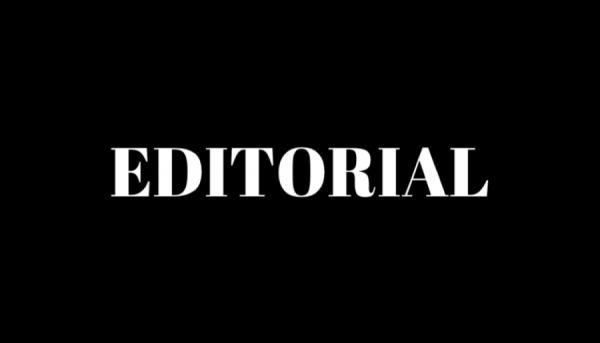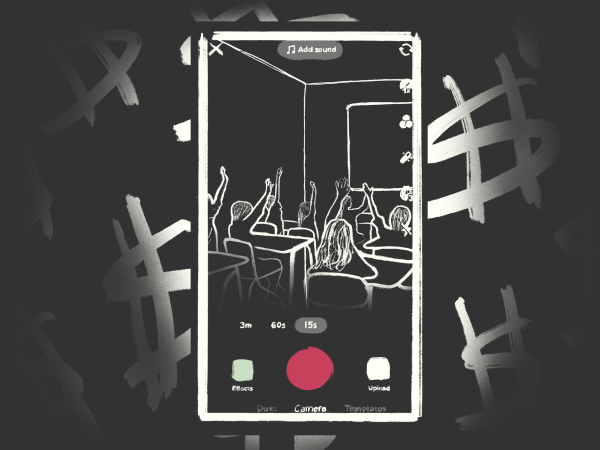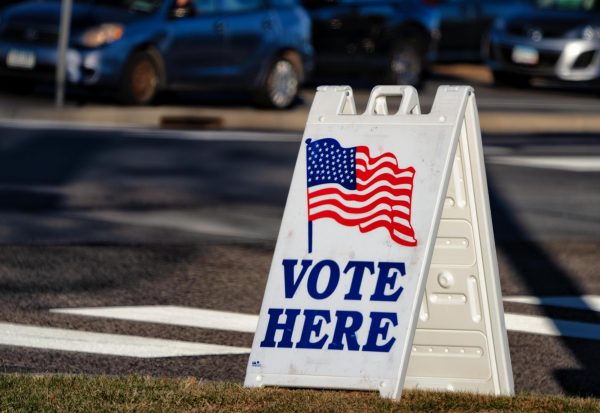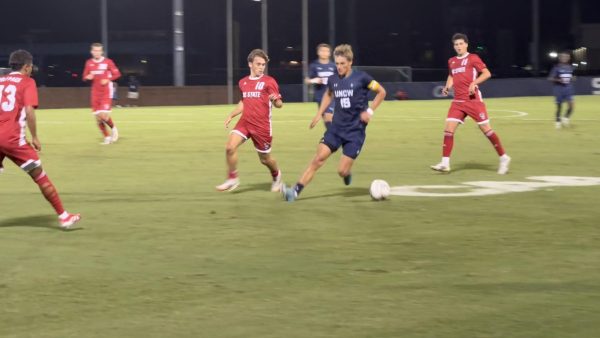OPINION: New CDC guidelines paint hopeful picture in U.S. fight against pandemic
March 8 marks a crucial inflection point in the U.S.’ struggle against the COVID-19 virus. Vaccinations against the virus had been steadily increasing for the past several weeks, and less than two weeks earlier a third, single-dose shot was cleared for emergency use. New, emerging mutant strains of the virus may slow a long-running decline in daily cases and deaths but might not have as severe an impact as feared. As a result of all the positive trends emerging nationwide, the U.S.’ top public health agency formally announced March 8 that now millions of Americans are finally in for some major relief from the pandemic.
New guidance from the Centers for Disease Control and Prevention green-lights fully vaccinated people, or people who have completed a full vaccine track and waited at least two weeks, to socialize with others who are fully vaccinated. They do not need to wear face coverings or practice social distancing.
The agency also said the fully vaccinated can safely gather with one unvaccinated household without either precaution. However, in public settings, mask-wearing and physical distancing rules still apply. All mass gathering restrictions must continue to be followed, regardless of vaccination status.
For nursing home residents and healthcare workers, who were in the highest-priority groups for the inoculation, the changes could not have come soon enough. While the past year has been traumatic for the entire nation (and world at large), the trauma has been especially pronounced for these groups. Long-term care facilities were among the first hotspots of severe illness and death. Meanwhile, those directly battling the pandemic in hospitals have had their hours extended, missed routine paid leave and watched patients, as well as some of their own colleagues, die right before their eyes.
The pandemic’s mental-health toll on these fragile populations cannot be overstated. Compared to 11% in 2018, 24% of adults aged 65 or older reported anxiety or depression in August. The prevalence for those deemed to be in “fair” or “poor” health is double. Similarly, a June survey found 56% of adults over 50 sometimes or often experienced loneliness, a twofold increase from 2018 figures.
Healthcare workers have also faced severe psychological fallout, with 56% showing signs of at least one mental health condition between April 1 and May 7. Each individual condition was reported in between one-in-six and one-in-three workers. Trauma was also widespread, with up to 35% of those on the front lines suffering PTSD-like symptoms between January and May, according to journal Frontiers in Psychology. However, this number will likely end up being much higher once the pandemic ends, when the workers will have more free time and their adrenaline subsides. A similar phenomenon was noticed in the wake of Hurricane Katrina, after which many survivors did not show signs of trauma for months.
Not only do these vulnerable groups need social interaction and freedom more urgently than the general population, but the risk of a vaccinated person transmitting the coronavirus, not just becoming ill from it, may be much lower than initially feared. One study out of Israel indicates that healthcare workers with just one dose of Pfizer’s shot are four times less likely to test positive for the virus than those without. The data is yet to be peer-reviewed, but another Israeli study published in U.K. medical journal The Lancet solidified its claims by concluding one Pfizer dose slashes symptomatic COVID-19 virus by 85% and asymptomatic COVID-19 virus by 75%–the same number found in the non-reviewed research.
The new guidance also has the potential to reduce hesitancy and motivate undecided people to get vaccinated. More are expressing willingness to take the shot now than at the start of the rollout, including in rural, conservative regions like Oklahoma. However, a combined 22% of Americans still say they will not get inoculated at all or only if they are forced to, according to a Feb. 26 poll. This number could seriously impede the nation’s progress toward herd immunity, the threshold for which remains a moving target and could be impossible to fully achieve. But we could easily get really close and bring the pandemic under control by providing rewards to those who take the shot.
To further boost vaccine demand, the incentives for the fully vaccinated could and should have been expanded even more, particularly regarding air travel. The CDC continues to retain its advice against taking to the skies, even for those with both doses. Its hesitancy to ease this guideline is understandable; if you are unknowingly carrying the coronavirus, flying across the country gives more opportunities for viral spread and could seed outbreaks that are hard to contain through contact tracing.
However, there are plenty of precautions you can take to keep yourself from actually transmitting that coronavirus. Face coverings, for example, are required to board flights in the U.S. Travelers entering the country must also show proof of a negative COVID-19 test or recovery from the disease. Additionally, the airline and hospitality industries have both suffered tremendously during the pandemic, and they must be restarted as soon as possible to aid the economic recovery. They are major players in the American economy; in 2017, this domain of industries accounted for $1.6 trillion worth of economic output, 7.8 million jobs, and 2.8% of the nation’s gross domestic product.
The massive update to the CDC’s guidelines reflects a broader shift to normalcy for the fully vaccinated. Roughly a month ago, the agency dropped quarantine requirements for such individuals exposed to coronavirus (although guidance for travel still applied then and still applies today). As more time passes and vaccines are administered, immunity will grow and recommendations will be loosened further. Future guidance for those protected will also cover more settings and help chart a clearer path back to normal life. While Americans are not in the clear just yet and still need to exercise a high degree of caution, the current freedoms offered to those who get their shot mark a huge win in the U.S.’ fight against this horrible coronavirus and provide strong hope that the end is in sight.



